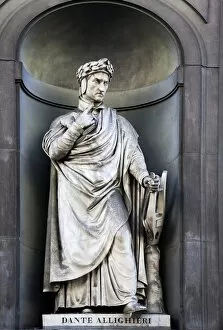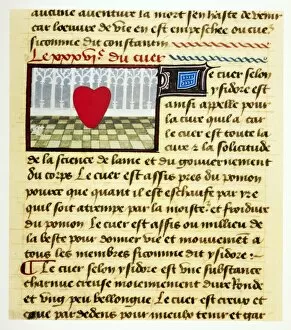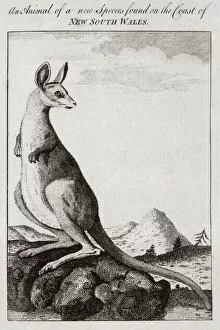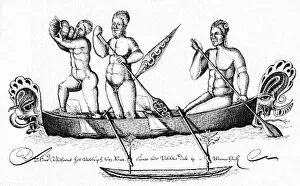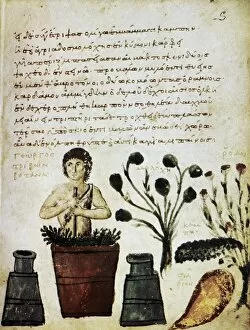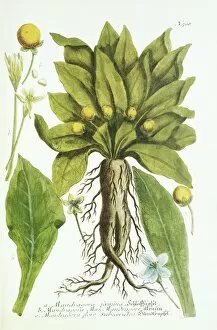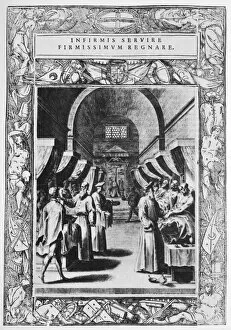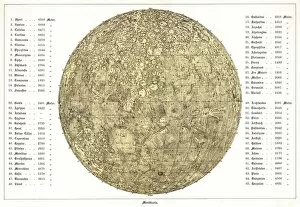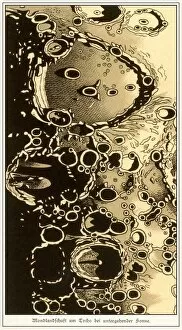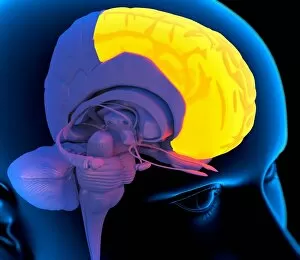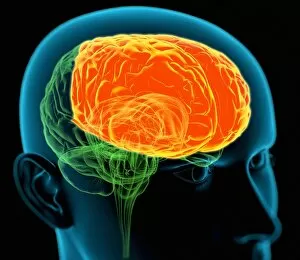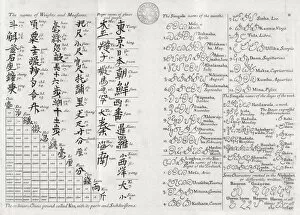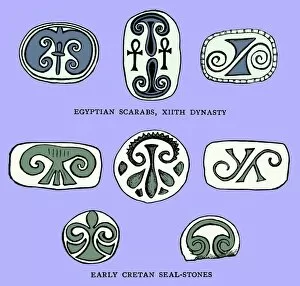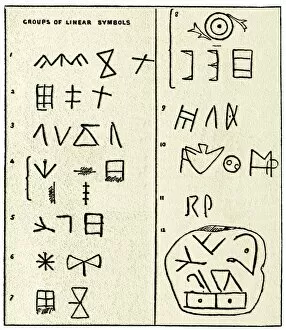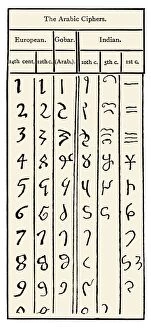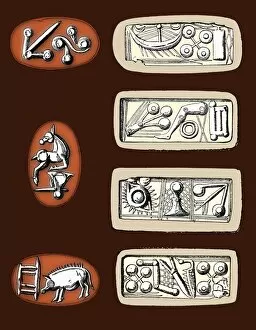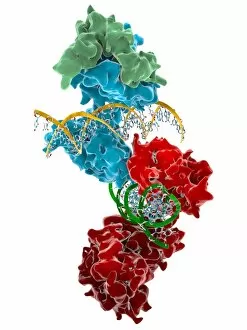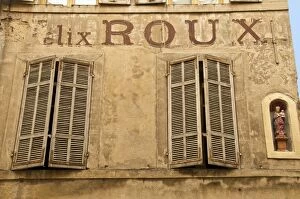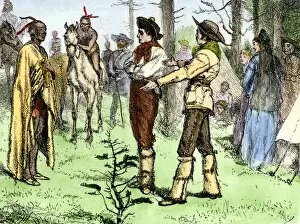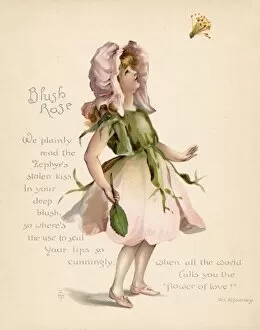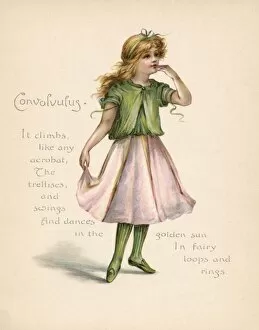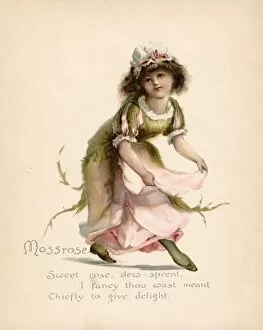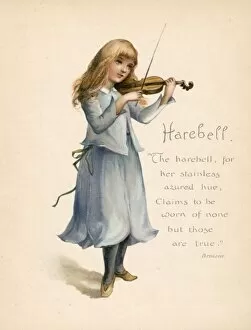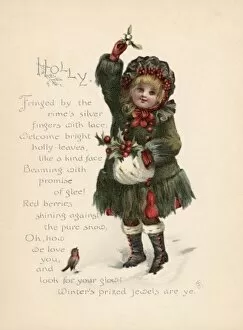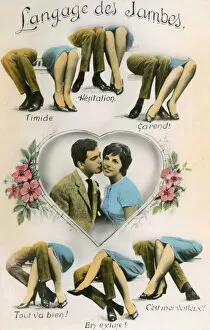Language Collection (#52)
Language is a powerful tool that connects people across time and space, transcending borders and cultures, and is through language that we express our thoughts, emotions
For sale as Licensed Images
Choose your image, Select your licence and Download the media
Language is a powerful tool that connects people across time and space, transcending borders and cultures, and is through language that we express our thoughts, emotions, and ideas. In the heart of London, England lies the British Museum, home to one of history's most iconic artifacts - The Rosetta Stone. This ancient relic unlocked the secrets of Egyptian hieroglyphs, allowing us to understand an ancient civilization's language. As we wander through this museum adorned with flags of the Royal Navy, we are reminded of how language played a crucial role in shaping empires and forging alliances throughout Europe. A vibrant Southern Railway poster from 1939 catches our eye as it advertises Ramsgate in all its glory; a testament to how language was used to entice travelers to explore new destinations. Intriguing illustrations showcasing sign language hand signals representing letters remind us that communication takes various forms beyond spoken words. Esperanto at a glance introduces us to an invented universal language aimed at fostering understanding among diverse cultures. Moving away from linguistic symbols, a captivating Southern Railway advertising poster displays the picturesque Weald of Kent; reminding us that even landscapes can speak their own unique dialects. The Language of Flowers reveals yet another fascinating aspect where nature communicates with its delicate blooms symbolizing love or friendship. Meanwhile, exploring the development of the English alphabet illuminates how written languages evolve over time. A sepia photograph captures Sigmund Freud's intense gaze as he reminds us that body it also conveys meaning beyond verbal expression. In Birstall, West Yorkshire stands a statue honoring Joseph Priestly who made significant contributions to linguistics; his legacy forever etched into history. Delving deeper into European heritage brings forth Ramon Llull's Breviculum Codex miniature - an exquisite example illustrating medieval manuscripts' intricate beauty while preserving knowledge for future generations.


